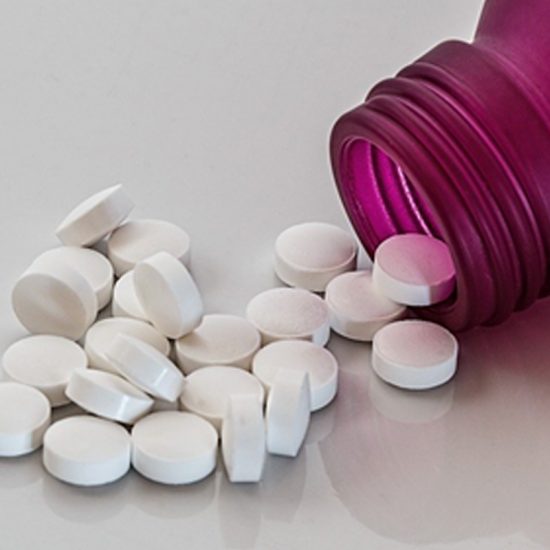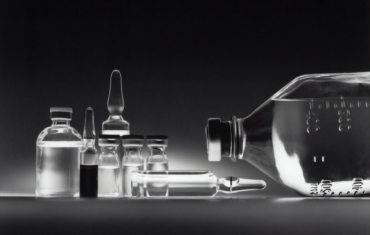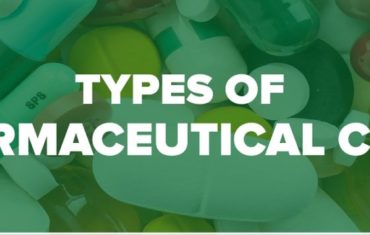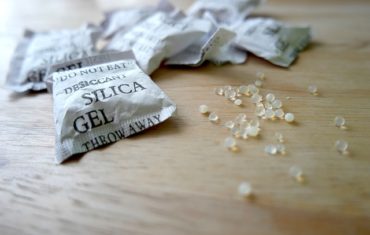Silica Gel Vs. Oxygen Absorbers: The Differences

Over the last few years, the way food is consumed and packaged in India has transformed. According to The Economic Times, awareness surrounding food safety has risen majorly, pushing businesses to employ healthier and safer options.
Over the past few years, even the Food Safety and Standards Authority of India (FSSAI) has taken the initiative to create a healthy regulatory environment for food companies.
Silica gel and oxygen absorbers play a key role here. Let’s see what they do:
What are oxygen absorbers?
Oxygen absorbers are small sachets that contain a mixture of water, salt, iron powder, and natural zeolite powder, packed in FDA-approved Tyvek paper.
These desiccants usually come with ‘do not eat’ labels and are packaged along with meat, foods, vegetables, and medicines. When the color of the absorber changes from pink to dark blue, it means that it has absorbed oxygen to its maximum capacity, and should now be replaced.
The core purpose of an oxygen absorber is to remove excess oxygen from a food container, in order to extend its shelf life and freshness. It controls oxygen levels within the packaging without changing the color, taste, or product specifications of the food. Most oxygen absorbers can absorb as much as three times their weight in oxygen.
One of the biggest benefits of an oxygen absorber is that they’re FDA-approved. When placed in sealed food containers, they also prevent the growth of mold, mildew, bacteria, and other microbes.
Other than effectively bringing down oxygen levels, they’re also readily available. Oxygen absorbers are inexpensive, and therefore pack a lot of bang for your buck if you’re transporting pharmaceutical and food products to faraway locations.
Since we’re talking food safety here, you should know that all the ingredients in an oxygen absorber are non-poisonous and don’t interact with the contents of the packaging. Other than that, oxygen absorbers are made up of environmentally-friendly material and can be disposed of easily.

Silica gel
Silica gel, on the other hand, is more useful for keeping stored items dry if conditions are humid. Unlike oxygen absorbers, the use of silica gel is not too common among the food packaging industry.
Instead, it is used to keep items like vitamins, computer equipment, shoes, and bags dry. Other items that are commercially packed with silica gel include photos, ammunition cases, tool boxes, and camera equipment.
Silica gel is a desiccant that absorbs excess water vapor to limit spoilage. It is a lot like porous sand, and contains millions of pores in its gel form. These pores absorb and hold moisture.
One of the biggest benefits of silica gel is its reusability. Once the gel has reached its saturation point, you can heat it to a temperature higher than 300° F in order to drive moisture away. On the other hand, oxygen absorbers are not reusable. Once fully used, you need to dispose of and replace them.
Can you use silica gel and oxygen absorbers together? No. This is because oxygen absorbers need moisture (rendered by clay) in order to remove oxygen. Since silica gel removes moisture from a package, it nullifies the activation process of the iron fills inside an oxygen absorber.
Sorbead India is a manufacturing leader in the field of food safety in India. We are known across the nation for our FDA-approved oxygen absorber packets and silica gel.












